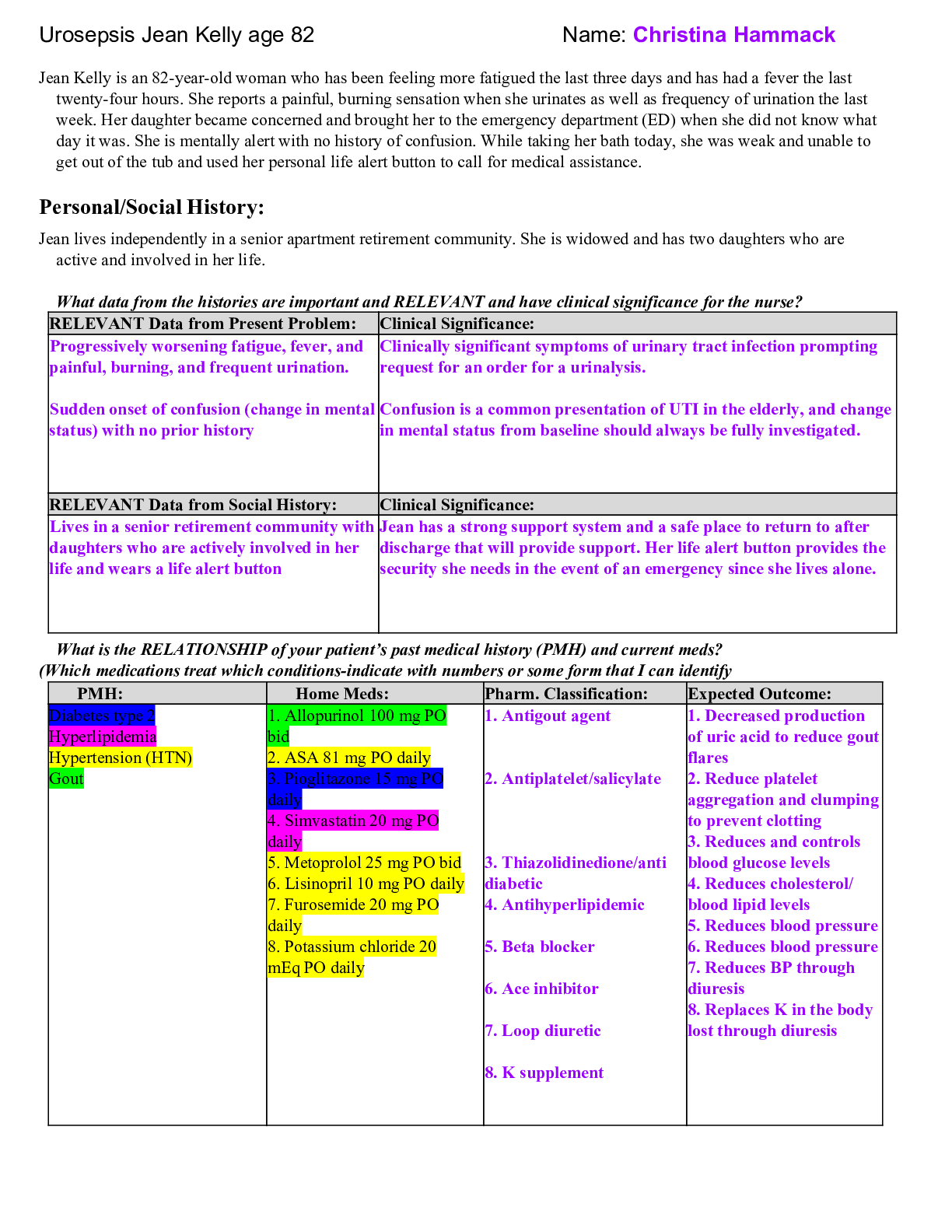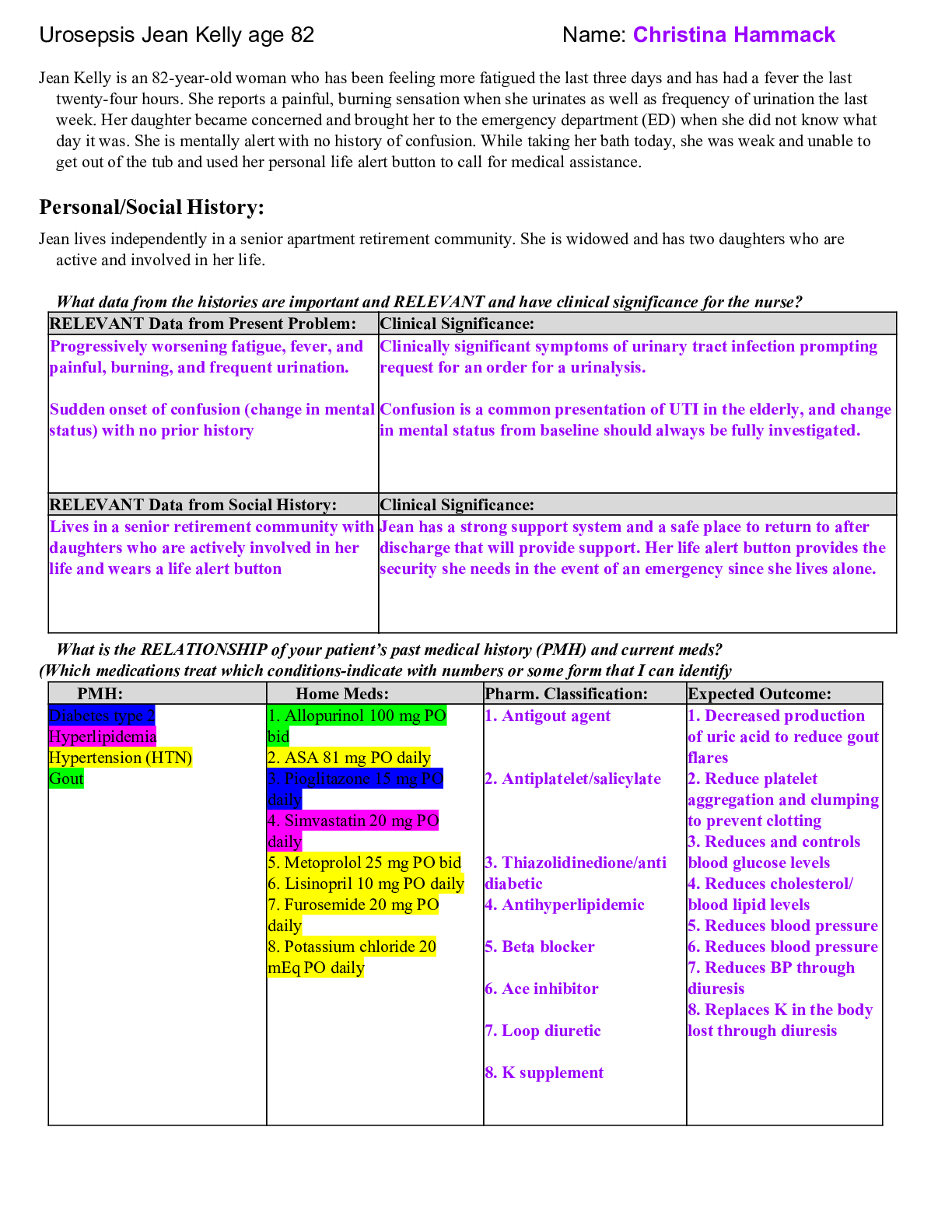Sepsis case study
Course
Project Management
Subject
Chemistry
Category
Study Guide
Pages
13
Uploaded By
ATIPROS
Preview 4 out of 13 Pages


Download all 13 pages for $ 7.50
Reviews (0)
$7.50
